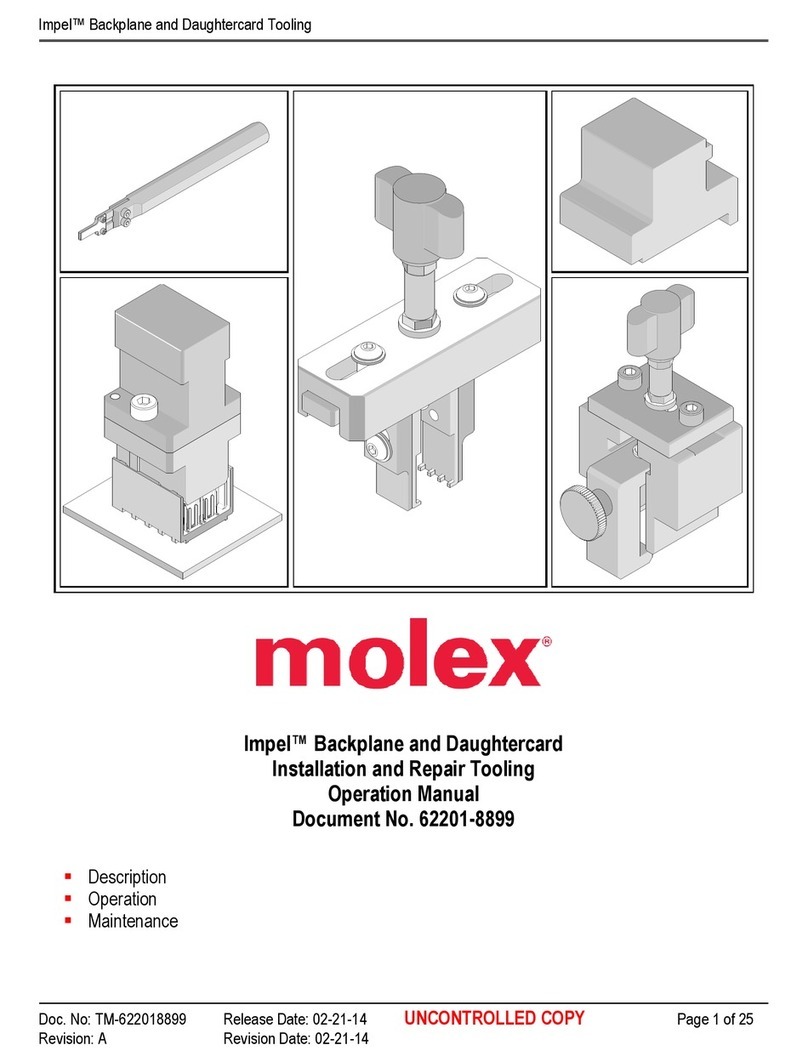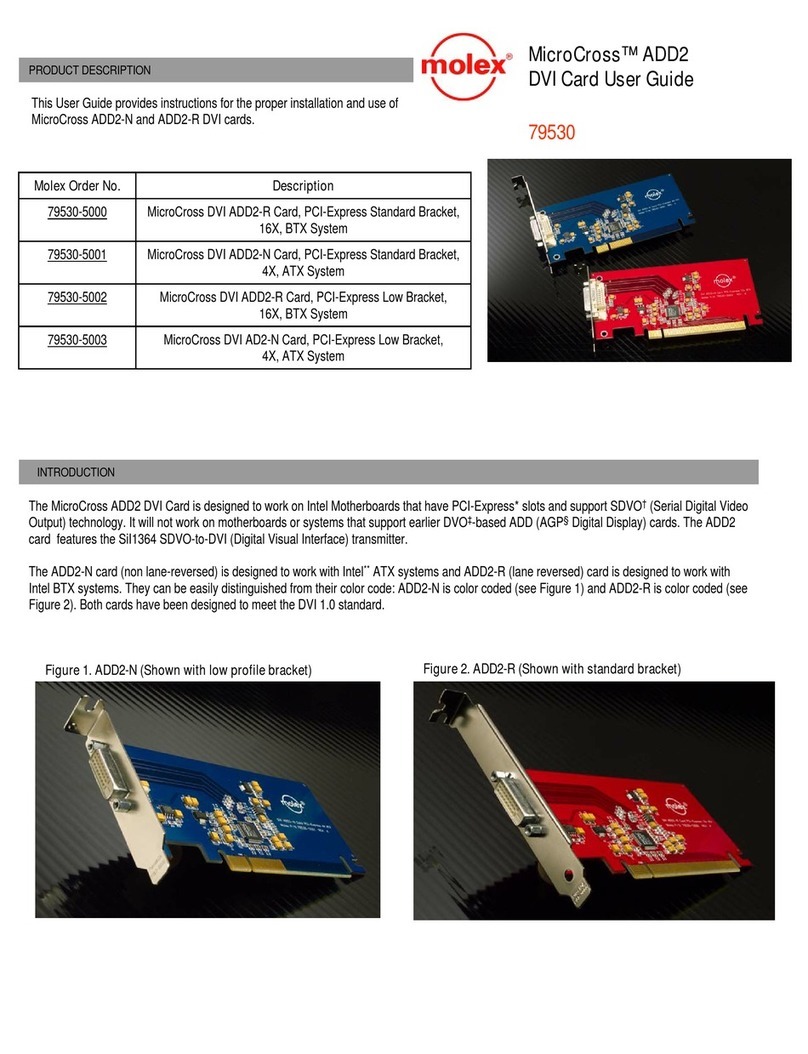ACC-JTAG-BR Hardware Reference Guide
Rev 1.0 www.bittware.com 5
BittWare Proprietary - Do Not Distribute Without Permission from BittWare
Contents
1. ACC-JTAG-BR Overview...........................................................................................................8
1.1 Product Description.................................................................................................................8
1.2 Feature List .............................................................................................................................8
1.3 Supported JTAG Programming Cables ..................................................................................9
1.4 Supported BittWare FPGA Cards ...........................................................................................9
2. Usage with 250-SoC................................................................................................................11
2.1 Physical Connections............................................................................................................11
2.1.1 Connection to JTAG Programming Cables.......................................................................11
2.1.2 Connection to FPGA Card ................................................................................................11
2.2 JTAG Chain...........................................................................................................................12
2.3 Other Features......................................................................................................................12
2.3.1 I2C Bus..............................................................................................................................12
2.3.2 PS Reset Push Button ......................................................................................................12
3. Usage with 250S+....................................................................................................................14
3.1 Physical Connections............................................................................................................14
3.1.1 Connection to JTAG Programming Cables.......................................................................14
3.1.2 Connection to FPGA Card ................................................................................................14
3.2 JTAG Chain...........................................................................................................................15
3.3 Other Features......................................................................................................................15
3.3.1 FPGA Output Signals (LED Indicator) ..............................................................................15
3.3.2 FPGA Input Signal.............................................................................................................16
3.3.3 FPGA-driven UART...........................................................................................................16






























